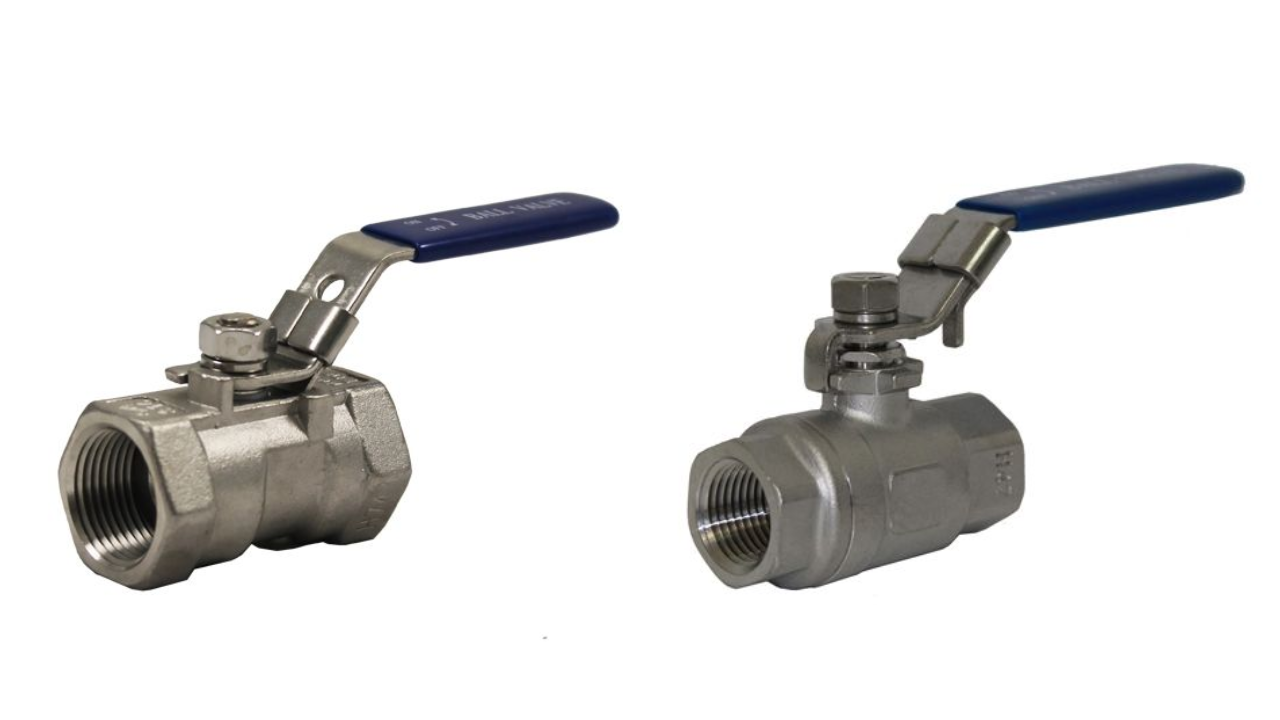Contents
When it comes to fluid control systems, choosing the right valve is crucial for efficiency, durability, and safety. Among the many options available, the stainless steel ball valve has emerged as a superior choice over traditional brass ball valves. With their robust construction and versatile applications, these ball valves offer a range of benefits that make them an ideal solution for various industries.
Here, we will explore why SS valves outperform traditional brass options and what you need to know when considering this switch.
1. Enhanced Corrosion Resistance
One of the most significant advantages of these ball valves is their excellent resistance to corrosion. Stainless steel, particularly the 316 grade, is specifically designed to withstand harsh environmental conditions, making it ideal for applications involving corrosive substances.
In contrast, brass is susceptible to corrosion, especially when exposed to moisture or certain chemicals. This susceptibility can lead to leaks, decreased performance, and potential safety hazards over time. Therefore, opting for an SS ball valve ensures a longer lifespan and greater reliability in demanding environments.
2. Greater Durability
Durability is another area where these ball valves excel compared to their brass counterparts. Stainless steel is a more robust material that can withstand higher pressures and temperatures without compromising structural integrity.
This durability translates into fewer maintenance requirements and reduced replacement costs. In industries such as chemical processing, agriculture, and food and beverage, where equipment must endure significant wear and tear, the resilience of SS ball valves makes them the preferred choice.
3. Improved Flow Control
The design of these ball valves allows for superior flow control. These valves feature a smooth, spherical ball that can quickly open and close, providing a clear path for fluid flow.
This design minimizes turbulence and pressure drop, ensuring efficient operation. Brass ball valves may not offer the same level of precision, leading to suboptimal flow management. For applications that require accurate flow control, SS ball valves are the clear winner.
4. Cost-Effectiveness
While the initial cost of stainless steel valves may be higher than that of brass valves, they offer significant long-term savings. The durability and resistance to corrosion mean that stainless steel valves typically last longer, resulting in fewer replacements and lower maintenance costs.
Additionally, these ball valves require less frequent servicing, which can further reduce operational expenses. For businesses looking to balance upfront costs with long-term value, investing in SS ball valves is a smart choice.
5. Versatile Applications
They are highly versatile and suitable for various applications across multiple industries. They can handle a wide range of fluids, including water, oil, gas, and chemicals, making them ideal for use in sectors such as chemical processing, construction, pharmaceuticals, and food and beverage.
Their adaptability ensures that businesses can rely on SS ball valves for diverse needs, while brass valves may be limited in their applicability due to corrosion concerns.
6. Hygienic and Safe
In industries like food and beverage, hygiene and safety are paramount. Stainless steel is inherently more hygienic than brass due to its non-porous surface, which does not harbor bacteria or contaminants. This characteristic makes SS ball valves particularly suitable for applications requiring strict cleanliness standards.
Additionally, stainless steel’s resistance to rust and corrosion ensures that no harmful substances leach into the fluids being transported, enhancing safety for both consumers and workers.
7. Eco-Friendly Choice
As industries increasingly prioritize sustainability, the environmental impact of materials used in manufacturing becomes more critical. Stainless steel is a recyclable material, making it a more eco-friendly choice compared to brass, which may require more energy-intensive processes to extract and refine. By choosing ball valves, businesses can contribute to environmental conservation while benefiting from the advantages of a durable, long-lasting product.
Conclusion
Stainless steel ball valves clearly outperform traditional brass options across various metrics, including corrosion resistance, durability, flow control, and hygiene. Their ability to withstand harsh conditions makes them ideal for demanding industries, while their versatility ensures suitability for diverse applications. Although the initial investment may be higher, the long-term savings in maintenance and replacement costs make them a cost-effective solution. Furthermore, their eco-friendly nature aligns with modern sustainability goals. By choosing stainless steel valves, businesses can enhance operational efficiency, safety, and environmental responsibility, making them the preferred choice for fluid control systems.




